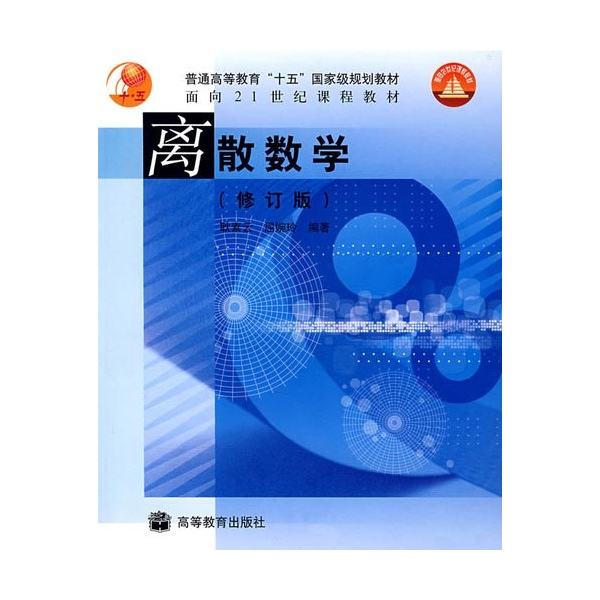Rhombus Penrose tilings are tilings of the plane by two decorated rhombi such that the decoration match at the junction between two tiles (like in a jigsaw puzzle). In dynamical terms, they form a tiling space of finite type. If we remove the decorations, we get, by definition, a sofic tiling space that we here call geometrical Penrose tilings. Here, we show how to compute the patterns of a given size which appear in these tilings by two different method: one based on the substitutive structure of the Penrose tilings and the other on their definition by the cut and projection method. We use this to prove that the geometrical Penrose tilings are characterized by a small set of patterns called vertex-atlas, i.e., they form a tiling space of finite type. Though considered as folk, no complete proof of this result has been published, to our knowledge.
翻译:Rhombus Penrose 砖块是用两个装饰的 rhombi 砖块在平面上用两块砖块( 类似拼图中的拼图 ) 的砖块填平。 在动态术语中, 它们形成一个有限类型的砖块空间 。 如果我们去除这些装饰物, 我们就会从定义上得到一个软砖空间, 我们在这里称之为几何式的 Penrose 砖块。 这里, 我们展示了如何用两种不同的方法来计算这些砖块中出现的给定尺寸的图案模式 : 一种基于Penrose 平面图案的替代结构, 另一种则基于切割法和投影法对它的定义 。 我们用这个方法来证明, 几何式的平面砖块具有一小套图案的特征, 叫做 verex-atlas,, 也就是说, 它们形成一个限定型的砖块块空间 。 尽管被看成是民间的, 但据我们所知, 还没有公布过这一结果的完整证据 。



